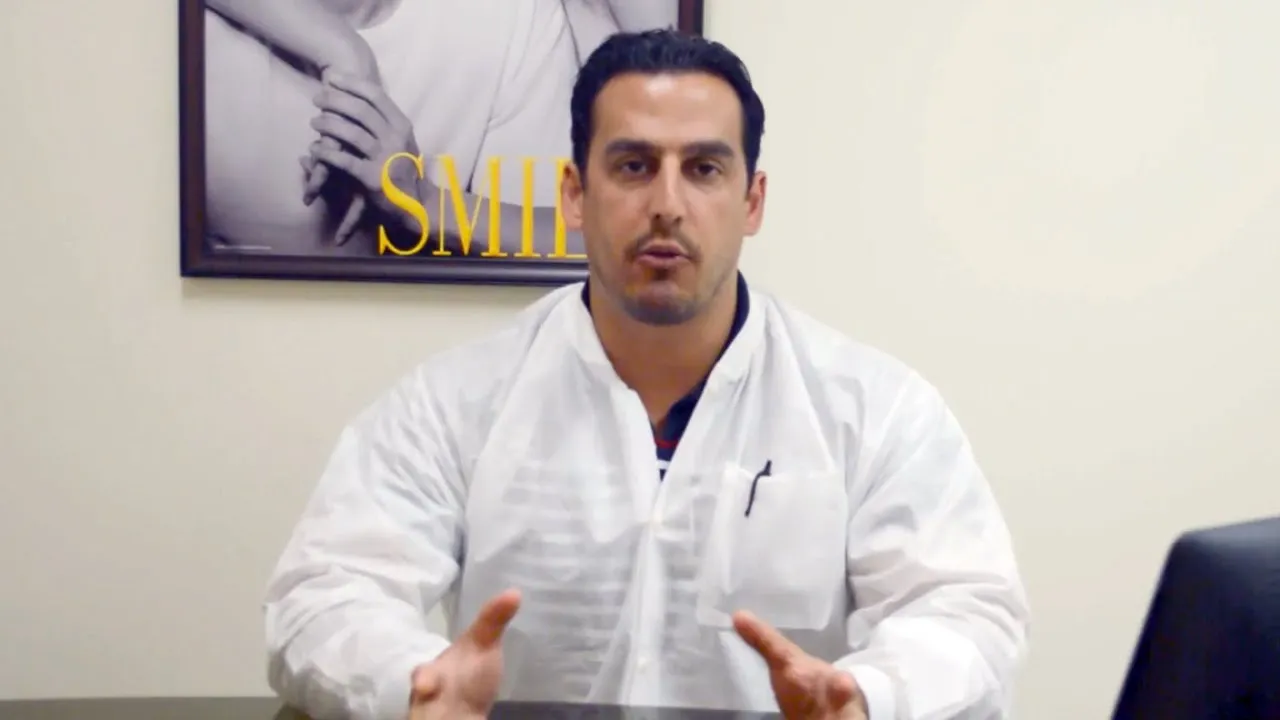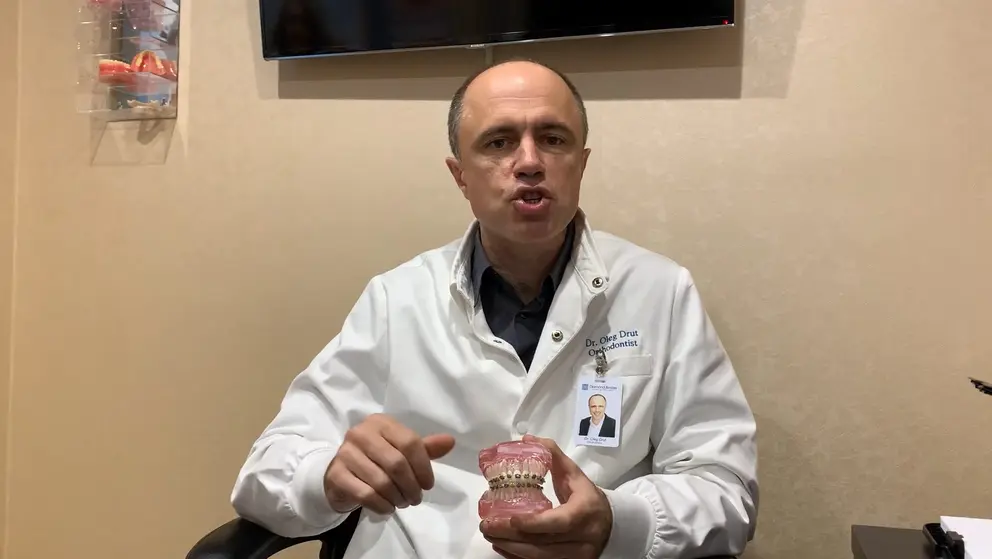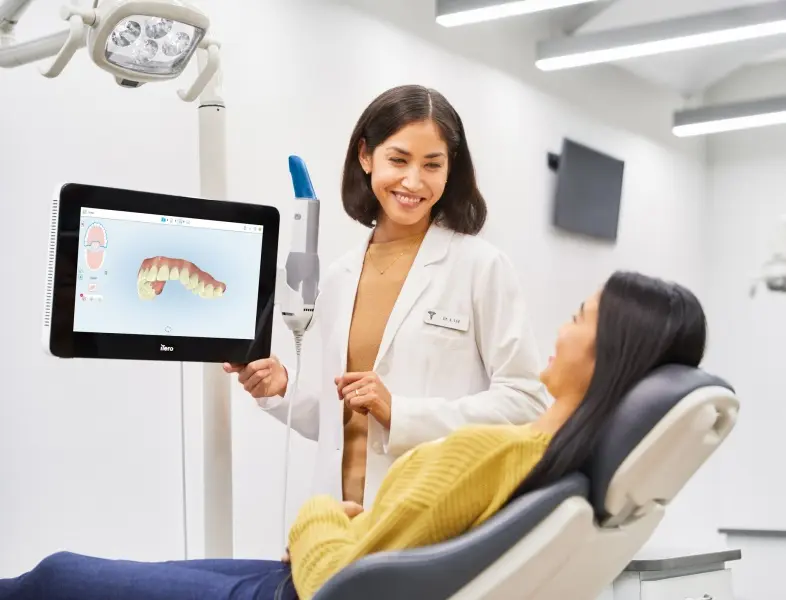
What is
“Do-It-Yourself Orthodontics”?
DIY Orthodontics is a rising trend where patients straighten their teeth at home without an dentist or orthodontist's supervision. This treatment is cheaper than seeing an orthodontist, so many people are interested in it.
At Diamond Braces, we aim to provide essential information for patients considering DIY orthodontic treatment. Understanding potential drawbacks and risks associated with unsupervised straightening your teeth at home is crucial.
Before start the DIY orthodontic treatment considerations the potential risks. Dental professionals strongly advise against unsupervised treatment because of the risks it poses. DIY orthodontics can lead to severe complications, including misaligned teeth, gum issues, and bite problems. Trusting the expertise of dental professionals is the safest path to achieving a beautiful smile.
To learn more about the of Do-It-Yourself Orthodontics risks, consult with dental professionals who prioritize your oral health and safety.

